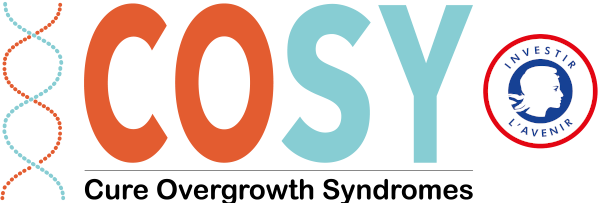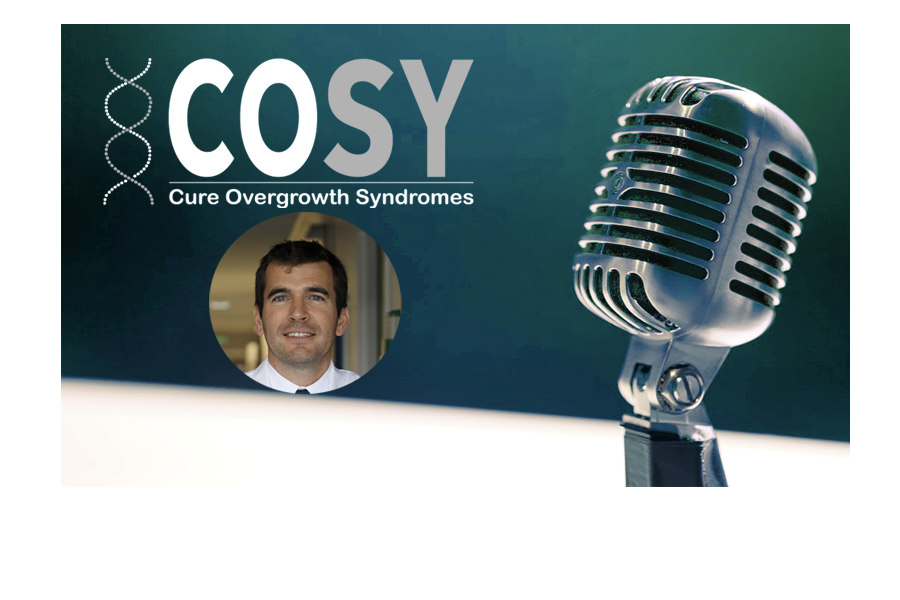Interview of the Pr Guillaume Canaud
→ What is a gene panel?
A gene panel is a test that analyzes multiple of genes at once. The goal is to identify a mutation that explains the disease. In such analyze we are focusing on a subset of genes known to be associated with overgrowth syndromes. Having a negative test does not exclude a mutation. This can be due to the sensitivity of the test that is not sufficient or the biopsy ran could have be performed in an area that is less/not affected by the disease or the disease can be related to a new gene that is not know yet.
In case of a negative test, we perform a second or a third biopsy. If on these subsequent tests we don’t find any genetic explanation we perform a whole exome sequencing (i.e. we explore all the genes and not only the ones from the panel).
→ Which medical centers can run this test?
Each medical center has his own panel. Most of them are dedicated to oncology since the genes involved in overgrowth syndromes are similar (PIK3CA, AKT, mTOR, RAS….). However, usually that kind of panels do not allow to explore very low frequency variant. Dedicated panel to overgrowth syndromes are indeed mandatory.
→ Is there a universal gene panel for all overgrowth patients?
Absolutely not! This is our goal. We aim to purpose a panel to all medical centers taking care of patients with overgrowth in order to cover more than 90% of the genes involved.
→ Which type of samples is necessary to run this test?
This is mandatory otherwise you will miss the mutation. As stated above, a negative test does not exclude the presence of a mutation. Sometime, a second or a third biopsy is required.
→ Can PIK3CA mutation always be detected by using a gene panel?
It depends on the design of the panel. Most of the time yes.
→ What other mutations can it detect?
We have two different panels that we are using now. The first one is used daily to detect mutations in patients with overgrowth and/or vascular anomalies. In this panel we test the following genes:AKT1 AKT2 AKT3 BRAF GNAQ KRAS MAP2K1 MTOR NRAS PIK3CA PIK3R1 PIK3R2 RASA1 TEK TSC1 TSC2 GNA11, GNA14, HRAS, MAP3K3, KRIT1, EPHB4, PTEN. The second panel is a research panel exploring more than 50 genes involved in the PIK3/AKT/mTOR pathway.
At the end of the project by merging the data obtained from these 2 panels we will be able to provide an optimized test for patients with overgrowth.
→ What have you already discovered?
We found new mutations but they are currently under investigation to validate their pathogenic potential. We also found that few patients are carrying additional mutations.

